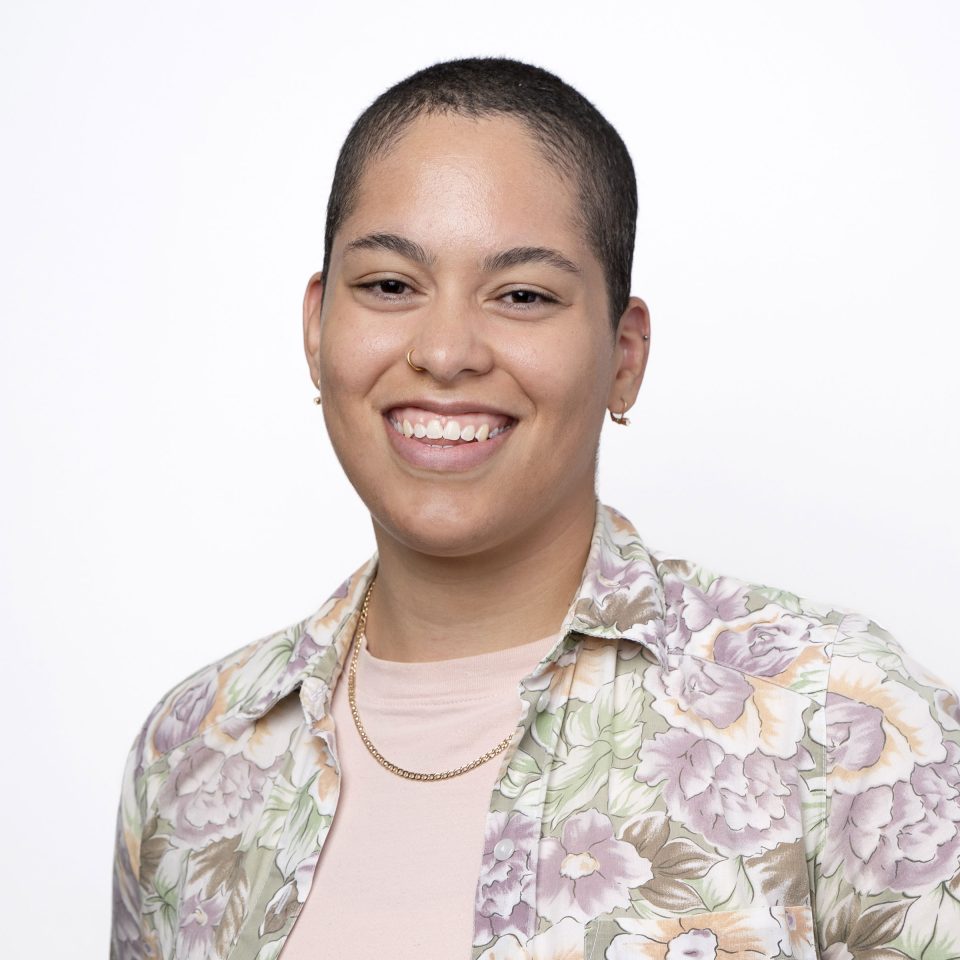Authors

Tianna Thompson

Sam Andrey
Partners


May 2021

1
Segedin, Lauren. “Listening to the Student Voice: Understanding the School-Related Factors That Limit Student Success.” McGill Journal of Education 47, no. 1 (2012): 93–107.
2
People for Education. “Roadmaps and Roadblocks: Career and Life Planning, Guidance, and Streaming in Ontario’s Schools.” Toronto, ON: People for Education, 2019. https://peopleforeducation.ca/wp-content/uploads/2019/02/Roadmaps_roadblocks_WEB.pdf.
3
Parekh, Gillian. “Structured Pathways: An Exploration of Programs of Study, School-Wide and In-School Programs, as Well as Promotion and Transference across Secondary Schools in the Toronto District School Board.” Toronto, Ontario, Canada: Toronto District School Board, 2013. https://www.tdsb.on.ca/Portals/research/docs/reports/StructuredPathways.pdf.
4
Ibid.
5
Boaler, Jo, William Dylan, and Margaret Brown. “Students’ Experiences of Ability Grouping–Disaffection, Polarisation and the Construction of Failure.” British Educational Research Journal 26, no. 5 (December 2000): 631–48.
6
Education Quality and Accountability Office. “Ontario Student Achievement: Ontario’s Provincial Secondary School Report.” Toronto, ON: 2018.
7
Kinnon, Emily. “(In)Equity and Academic Streaming in Ontario: Effects on Students and Teachers and How to Overcome These.” Ontario Institute for Studies in Education of the University of Toronto, 2016. https://tspace.library.utoronto.ca/bitstream/1807/72216/1/Kinnon_Emily_R_201606_MT_MTRP.pdf.
8
Pichette, Jackie, Fiona Deller, and Julia Colyar. “Destreaming in Ontario: History, Evidence and Educator Reflections.” Toronto, ON: Higher Education Quality Council of Ontario, 2020. https://heqco.ca/wp-content/uploads/2020/10/Destreaming-in-Ontario_FORMATTED.pdf.
9
Oakes, J. Keeping Track: How Schools Structure Inequality. 2nd ed. Yale University Press, 2005.
10
People for Education. “Ontario’s Schools: The Gap Between Policy and Reality.” Toronto, ON, 2015. https://peopleforeducation.ca/wp-content/uploads/2017/10/P4E-Annual-Report-2015.pdf
11
Brown, R. S., and G. Tam. “Grade 9 Cohort Post-Secondary Pathways, 2011-2016.” Toronto, ON: Toronto District School Board, 2017. https://www.tdsb.on.ca/Portals/research/docs/reports/FS3%20Grade%209%20Cohort%20Post-Sec%20 Pathways%202011-16%20FINAL.pdf.
12
Coalition for Alternatives to Streaming in Education. https://www.endstreaming.org/.